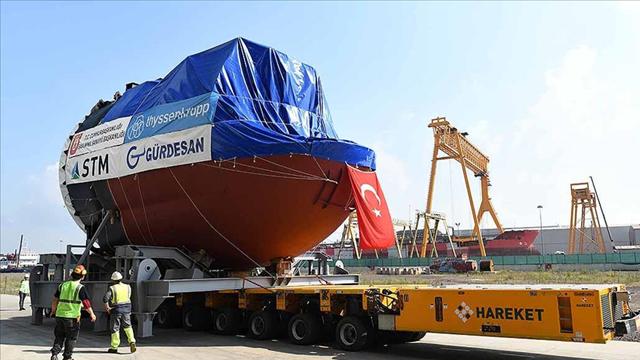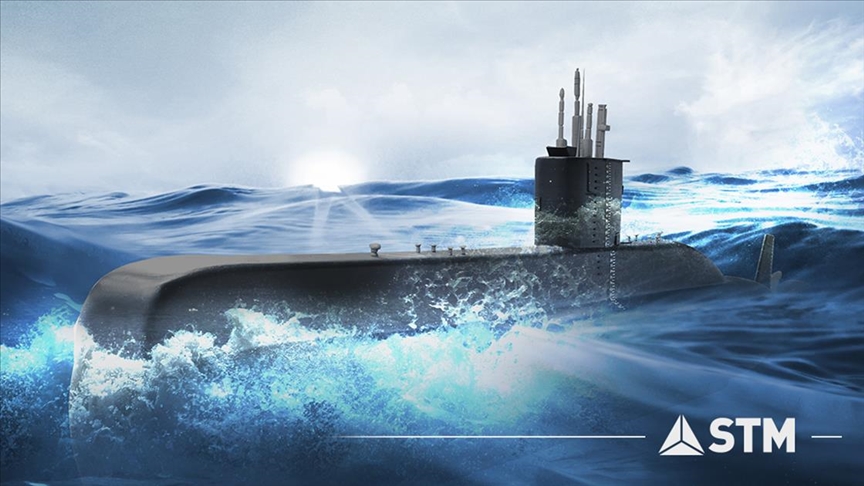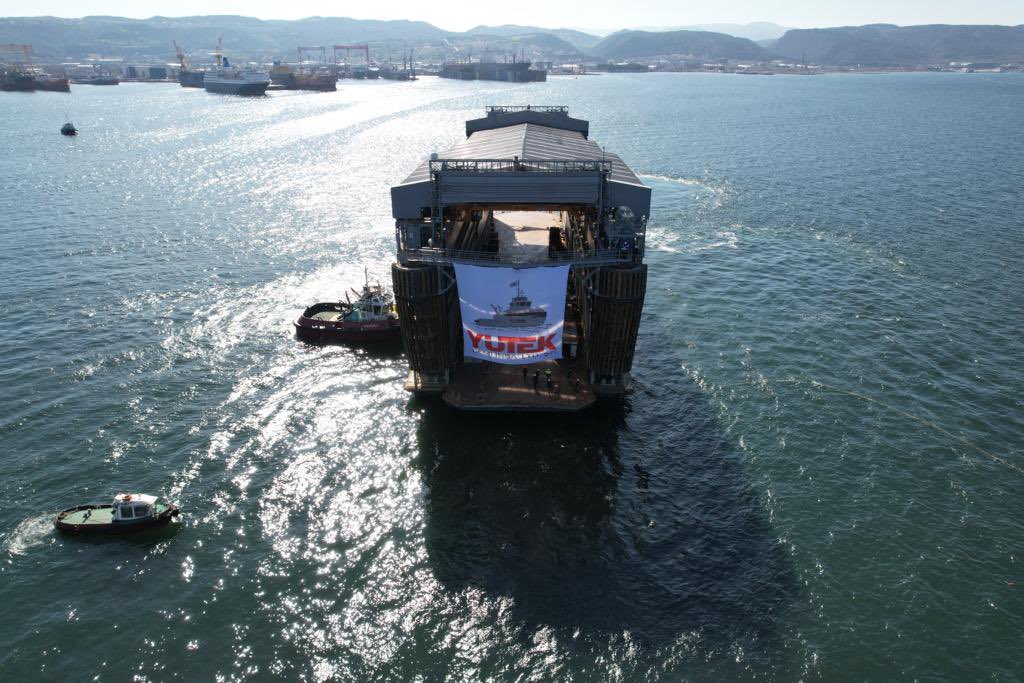I don't know whether we will be able to transfer the resources to enable so much parallel production in a very short period of time, or more importantly, whether we will be able to involve so many private shipyards in the main combatant platform production processes at once. However, I generally agree with the logic you are defending. The Hisar class OPVs will already be subject to a much faster production process than frigates, because of both structurally and in terms of equiping, there is no problem there. However, just as you said, one of the decisions that can be taken immediately in the first stage may be to increase the total number of platforms in the serial production of the Istif class. In other words, the scope could not be limited to three ships in three years, but the option could be realized right now and the target could be to deliver six ships to the navy in, lets say, 5-6 years.I agree. TCG Istanbul is almost ready, that shows we have almost every subsystem ready, midlas and hisar-rf is on the way. We are talking about paying 10b$+ deal for f-16s to US, we are talking about paying 10b$+ to UK for eurofighters but we don't have 5-6b$ for our shipbuilding industry and state firms like Aselsan so we discuss buying junk, truely a remarkable situation.
Order 6x Ada class (add 2x8vls like ukrainian one)
Order 6x more total 10 I- Class (accelerated redesign for 32vls for like 4 of them)
Quicken the ADKG process
Decommission 4xGabya and 4xYavuz and 5xburak
It would take 4-5 years for this process we got enough shipyard, we would get like 20 new hulls instead of 13 most problematic assets. We would get rather modern navy instead of a average 35 years old navy... I-class with 32 vls is enough to accompany TCG Anadolu for now send 3x with it if needed.
Whole 20 ships would take at most 6b$ literally 1.2b$ a year is not even much. It is not a huge burden and we could wait till 2030 for the tf-2000 with no problemo.
With this type program: three shipyards will be ready for the serial production of the TF-2000 destroyer, having completed the construction of six Istif class hulls, by 2028. Thus, by 2031/32, seven Istifs and four Tf-2000s could have been delivered to the navy, while the construction of the heavy frigate, rumored to be the TF-100, should have completed at the Pendik shipyard. In terms of main combatant platform production, bringing even three shipyards to the level of being able to built destroyers would be an extraordinary achievement on a world scale. The number of countries in the world that have three private shipyards with a similar capability is limited to three, maybe four. Perhaps there are not even that many countries in practice.
As for auxiliary and logistics class ships, patrol ships and missile boats, hydrography and mine warfare ships, the naval forces have many projects in hand, we know that there are many works in planning, but most of our modernization plans for these are constantly postponing, probably due to resource priotirizing issues. If the share of the naval forces in the budget to be increased, this is probably where we would see the real transformation. Therefore, we can reach a large number of private shipyards specialized enough to distribute our military shipbuilding industry to all classes and tonnages through these programs. edit: In fact, I remember that the naval forces had a planning in this regard. We have read or seen many times in Turkish forums in the 2010s with documents or insider information of some of our elders about how many private shipyards will be specialized in which class. But we have to come back to the one thing every time. Our naval forces are one of the most successful forces in the world in terms of strategy development, but unfortunately, our economy cannot support this staff intelligence enough.
Last edited:















